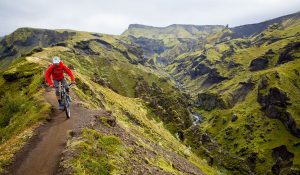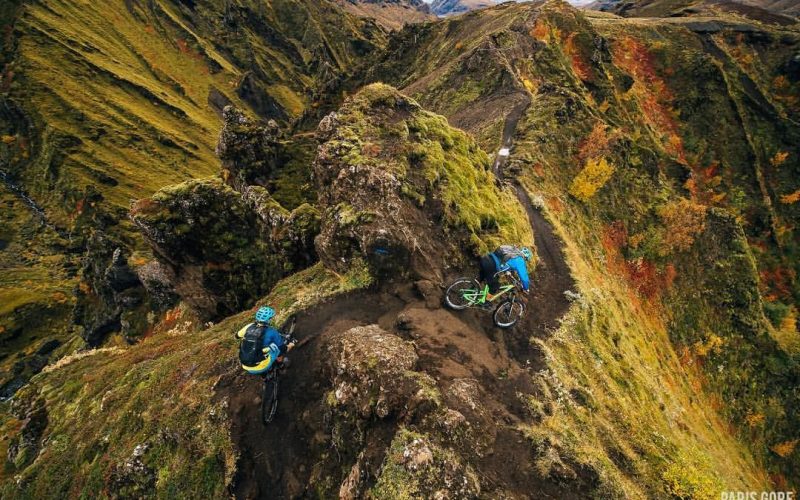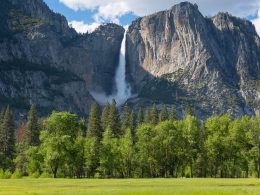Mountains Biking enthusiasts often describe the sport as an unparalleled adventure, where riders connect with nature while navigating thrilling terrains. Dave Wiens, Executive Director of the International Mountain Biking Association (IMBA), encapsulates this sentiment by highlighting the symbiotic relationship between bikers and trails. As more people seek outdoor experiences, mountain biking has emerged as a prominent activity, driving the development of intricate trail systems across various landscapes.
The Growing Popularity of Outdoor Recreation
Pandemic’s Influence on Outdoor Activities
The COVID-19 pandemic accelerated the trend of outdoor recreation, with individuals turning to nature for solace and exercise. Chris Perkins of the Outdoor Recreation Roundtable notes a significant increase in outdoor enthusiasts during this time, emphasizing the role of outdoor activities in maintaining mental well-being.
Economic Impact of Outdoor Recreation
The outdoor recreation industry has become a vital economic contributor, especially in rural areas. Statistics from the U.S. Bureau of Economic Analysis underscore its substantial financial footprint, with exponential growth outpacing the broader economy. Within this industry, Mountains Biking stands out, attracting both enthusiasts and economic investments.
Evolution of Mountains Biking Trail Systems

Professionalization of Trail Construction
Once reliant on volunteer efforts, Mountains Biking trails now undergo professional planning and construction processes. This transition reflects the sport’s maturation and the recognition of its economic potential.
Importance of Community Involvement
Collaboration between local communities and outdoor recreation advocates is pivotal in developing robust trail systems. Grassroots initiatives and advocacy play a crucial role in securing funding and garnering support for trail projects.
Mountains Biking Copper Harbor Trails Club
Copper Harbor, Michigan, epitomizes the success of community-driven trail initiatives. With picturesque landscapes and challenging terrains, the town has established itself as a premier Mountains Biking destination. The Copper Harbor Trails Club’s dedication to trail construction has bolstered tourism and local businesses, albeit with infrastructure challenges necessitating innovative solutions.
Ensuring Safety and Sustainability
As trail systems gain popularity, they face operational challenges, including emergency response capabilities and land management issues. The experiences of Copper Harbor underscore the importance of proactive measures to address safety concerns and preserve trail access.
Conclusion:
Mountains Biking transcends mere recreational activity; it embodies a connection between humans and nature, fostering community engagement and economic growth. By investing in trail infrastructure and fostering partnerships, communities can harness the transformative power of outdoor recreation.
____________________________________________________________
FAQs
1. How has the pandemic impacted mountain biking?
The pandemic led to a surge in outdoor recreation, including mountain biking, as people sought safe and enjoyable activities amid lockdowns and restrictions.
2. What are the economic benefits of mountain biking trail systems?
Mountain biking trail systems contribute to local economies by attracting tourists, supporting outdoor recreation businesses, and enhancing property values in surrounding areas.
3. How are mountain biking trails funded?
Trail funding often involves a combination of government grants, private donations, corporate sponsorships, and user fees. Community support and advocacy are essential for securing funding.
4. What challenges do rural communities face in developing trail systems?
Rural communities may encounter obstacles such as limited funding, land access issues, and infrastructure constraints. Overcoming these challenges requires collaborative efforts and strategic planning.
5. How can individuals support the development of mountain biking trails?
Individuals can support trail development by volunteering with local clubs or advocacy organizations, participating in fundraising events, and advocating for outdoor recreation initiatives at the community level.









